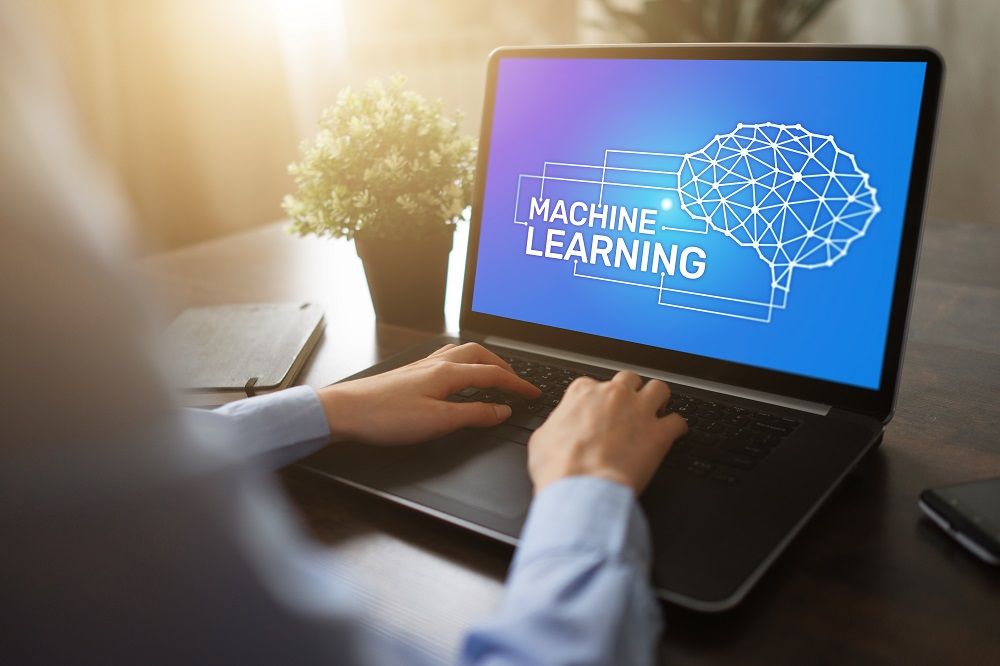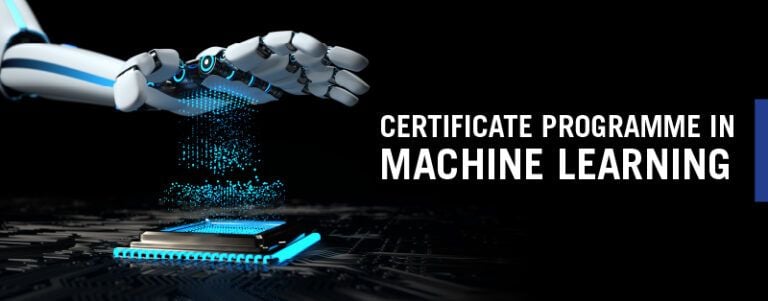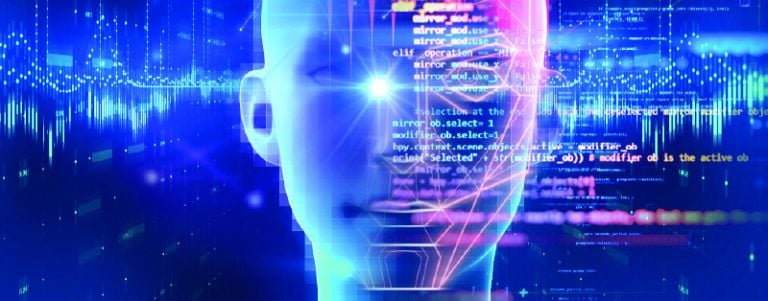A Complete Guide for Machine Learning

Machine Learning [ML] is the discipline or subset of Artificial Intelligence [AI]. It offers computers the power to detect all the patterns from the mass data in proper order and make predictions [Predictive Analysis].
This learning process enables all computers to perform certain tasks autonomously or without being programmed. The term Machine Learning was used for the first time back in 1959.
It gained relevance in recent times because of the increase in computing capacities and the massive increase in data. Automatic learning methods are certainly a primary part of Big Data.
Various Types of Machine Learning
ML algorithms can be easily trained in countless ways, where all the procedures have their own set of benefits and drawbacks. According to these ways of learning and methods, ML is categorised into 4 primary types, which are:
Supervised Machine Learning
This kind of machine learning involves supervision. Here, all the machines are trained on the labelled datasets and are allowed to predict all the outputs based on the training provided.
The labelled datasets can specify all the output and input parameters, which are mapped already. The machine gets trained with the input and the output. A device is created to predict the results utilising the test dataset within the subsequent phases.
For instance:
Let’s consider the input dataset of crow and parrot images. The machine is trained to understand all the images, which includes the size, shape, eyes, and colour of the crow and parrot. In the post-training period, an input image of the parrot is provided, and the trained machine should identify the object and foresee the output.
The trained machine will check the object’s features, such as shape, eyes, colour, etc., of the input image. This will help the trained machine to make the final prediction. The whole process is called object identification within the supervised ML [Machine Learning].
Unsupervised Machine Learning
The unsupervised ML is pointed towards the learning technique, which is bereft of supervision. The machine gets trained with an unlabelled dataset, and then it’s allowed to foresee the output without the presence of supervision. The actual aim of the unsupervised learning algorithm is to bring together the unsorted dataset according to the input’s patterns, differences, and similarities.
For instance:
Let’s take an input dataset of a container filled with fruits. Here, the pictures are not known to the ML model. When you input the dataset within the ML model, it has to detect all the object’s patterns, such as difference, shape, or shade, as seen in the input pictures. The ML model has to categorise them. After categorising it, the machine has to foresee the output when it gets tested with the test dataset.
Semi-Supervised Machine Learning
This type of machine learning contains the characteristics of unsupervised and supervised machine learning. It utilises a mixture of unlabelled and labelled datasets to train the algorithms. Since it utilises two kinds of datasets, semi-supervised machine learning can overcome all the drawbacks of unsupervised and supervised learning easily.
For instance:
Let’s take a college student. The student learning a particular concept under the instructor’s supervision in the college is called supervised learning. But when the student self-learns the exact concept back home without the instructor’s guidance is called unsupervised learning. If a student revises the concept after learning under the guidance of the instructor at the college, it’s known as semi-supervised learning.
Reinforcement Learning
Reinforcement machine learning is known as the feedback-based procedure. Here, the Artificial Intelligence element takes stock of its surroundings automatically through the trial and hit method. It also improves performance, learns from experiences, and takes action.
The element gets rewarded for all the good actions and penalised for the wrong ones. Moreover, the reinforcement learning elements can maximise all the rewards by conducting all the good actions.
Compared to supervised ML, the reinforcement one lacks labelled data and the agents of the experiences. For instance:
Let’s take video games into consideration. The game specifies the setting, and every move of the reinforcement agent describes its condition. The agent gets entitled to get feedback through the rewards and punishment, which affects the entire game score. The ultimate aim of the agent here is to obtain a high score.
The Applications of Machine Learning
When it comes to the applications of ML, there are many. Even though it’s not possible to mention all of them, the applications mentioned in this section are worth checking out.
Intelligent Vehicles
According to the reports by IBM, by 2025, you will witness all the intelligent vehicles hitting the roads. This is all thanks to automatic learning.
All these vehicles can adjust to the internal settings [backrest, temperature, inclination, music, etc.] based on the preferences of the driver.
The vehicles will also get the ability to move the steering wheel by themselves to reach the environment.
Social Networks
Social media platforms, such as Twitter, utilise ML algorithms to lessen the spam published on them. Facebook, on the other hand, uses ML to identify both content not allowed and fake news during live broadcasts and blocks them automatically.
Medicine
Researchers from MIT [Massachusetts Institute of Technology] already utilise ML to detect breast cancer during the early stages. This is pretty essential because early detection of cancer can increase the possibility of curing it. It’s also effective in detecting diseases of the retina and pneumonia.
The Finance Sector
Many banks and financial organisations are using ML to draw in all the crucial insights and tackle all the fraudulent activities from massive volumes of data. Machine Learning-derived information can help in detecting all the investment opportunities, which will help all the investors to determine when to trade.
The data mining techniques will aid the cyber-surveillance systems to zero in on all the warning signs of fraudulent activities. This will, in return, allow these systems to neutralise them. Financial institutes have already partnered up with all the tech enterprises to leverage all the benefits of ML.
How Beneficial is Machine Learning in Today’s Time?
Machine Learning has become extremely crucial in today’s digital realm. It’s used by countless sectors, and many of these sectors have claimed to benefit greatly through ML. Here are some of the benefits which all these sectors are getting in real-time through machine learning:
- Customer lifetime value prediction
- Predictive Maintenance
- Offering scalability at a lesser cost
- Image Recognition
- Improving Cybersecurity
- Pattern detection for extracting out the provisions
Wrapping Up
In today’s technologically advanced era, people who are working within the tech domain should have in-depth knowledge of machine learning. Because of AI’s pervasiveness in today’s era, the working knowledge of this particular technology must stay relevant.
At present, organisations are in the middle of the adoption curve for AI. It is mainly because of the exponential advancements within the field and also for the cloud platforms. The good news is that these advanced skills are easily accessible at Emeritus India through the data science programmes offered by leading global schools and universities.







